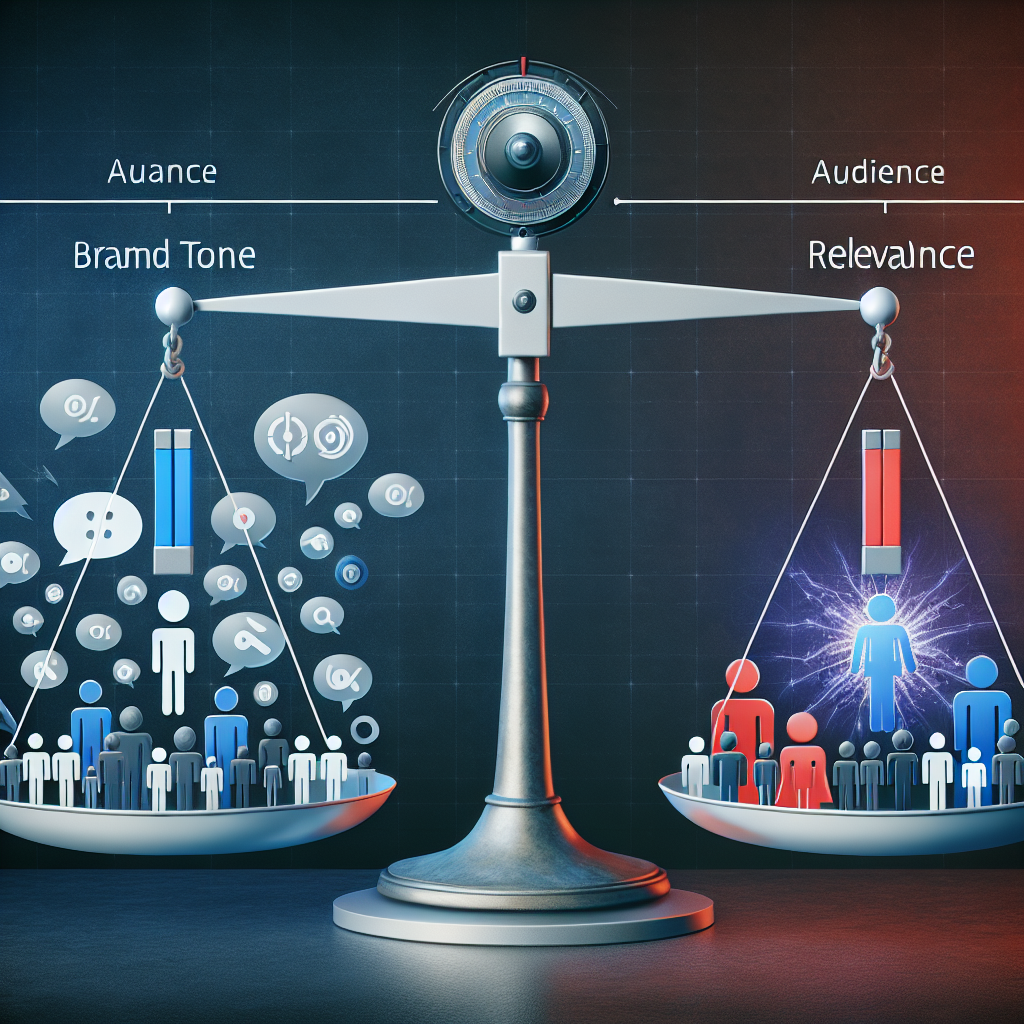Introduction: The Evolution of Press Releases
Press releases have long served as foundational tools for public relations strategies, informing media outlets, investors, and the general public about key developments in organizations. Traditionally crafted by human communication professionals, the process of writing and distributing press releases is undergoing a rapid transformation. Thanks to advancements in artificial intelligence (AI), particularly in natural language processing (NLP) and data analytics, the humble press release is evolving into a smarter, more targeted, and data-driven instrument.
The Role of AI in Crafting Press Releases
AI technologies, especially those powered by machine learning and NLP, can automate and enhance several stages of the press release development process. AI tools can analyze large datasets to detect market trends, summarize complex information, and suggest optimized language tailored to specific audiences.
Instead of starting from scratch, PR professionals can input bullet-point summaries or datasets into AI software, which then generates a coherent draft of the press release. These drafts are not only grammatically sound but are also fine-tuned to include key terms that boost search engine optimization (SEO), click-through rates, and audience engagement.
Benefits of AI-Assisted Writing
1. Speed: AI-driven tools can produce first drafts almost instantly, reducing the turnaround time dramatically.
2. Consistency: Maintain tone and messaging across releases with machine-enforced brand guidelines.
3. Data-Infusion: Automatically incorporate relevant statistics, KPIs, and market comparisons to strengthen credibility.
Integrating Real-Time Data: Making Press Releases Smarter
One of the most compelling advantages of using AI for writing press releases is the ability to integrate real-time data. Instead of relying solely on subjective assertions (“Our product is a game-changer”), AI-enhanced releases provide quantifiable evidence, such as:
- Customer adoption rates
- Comparative performance metrics
- Market share statistics
- Consumer sentiment analysis
For example, an AI platform can pull data from internal CRM systems or public-facing databases like Google Trends and social media analytics. The software can then automatically weave this information into narrative formats that resonate with stakeholders and journalists.
Tailoring Content for Diverse Audiences
Traditional press releases often have a one-size-fits-all format. AI introduces the possibility of personalization at scale. By analyzing target outlet demographics, past article preferences, and audience behavior patterns, AI tools can craft variations of the same core release for different verticals — whether it’s a business wire service, tech blog, or industry-specific media.
Case Use Example
Imagine a tech startup launching a new wearable health device. Using AI:
– A consumer-facing version of the press release might highlight user experience and wellness benefits.
– An investor-focused version might foreground market opportunity and financial projections.
– A technical version might emphasize hardware specifications and research data.
Ensuring Accuracy and Compliance
While AI can streamline the drafting process, human oversight remains critical — especially when it comes to legal disclaimers, industry compliance, and brand messaging authenticity. Many AI tools integrate approval workflows that allow legal, regulatory, and marketing teams to collaboratively fine-tune AI-generated content before publication.
Challenges and Ethical Considerations
Despite the advantages, using AI in press release writing raises several ethical and practical concerns:
- Bias: AI models are only as good as the data they are trained on; skewed inputs can lead to biased outputs.
- Authenticity: Overuse of AI-generated content may risk audiences perceiving messages as too robotic or disingenuous.
- Data Privacy: Pulling from real-time user data must be done in accordance with regulations like GDPR or CCPA.
To mitigate these issues, it’s essential to apply transparent AI usage policies and maintain high editorial standards.
The Future of Press Releases in the AI Age
The integration of AI and data analytics is not a mere trend — it’s the new standard. PR teams that harness these technologies can produce more effective, timely, and impactful press releases, supported by facts and optimized for target engagement.
Going forward, we can expect continued innovation in AI-generated multimedia elements such as automated video press briefs and interactive infographics, turning traditional one-dimensional text announcements into rich, multidimensional experiences.
Conclusion: Combining the Human Touch with Machine Intelligence
AI-enhanced press releases offer a significant leap in efficiency, relevance, and engagement. Yet, the key to success lies in a balanced approach — leveraging AI for its strengths in data parsing and automation, while grounding content with human empathy, strategic insight, and ethical oversight. In this blend of machine intelligence and human creativity lies the future of public relations communication.







